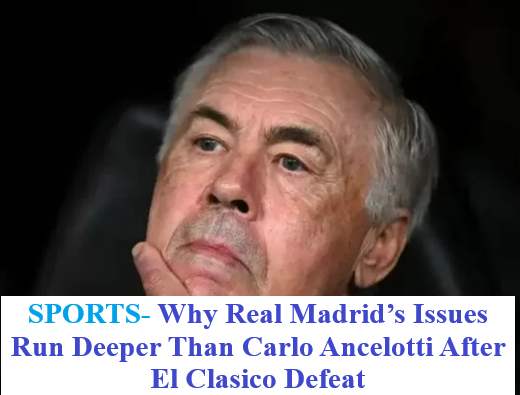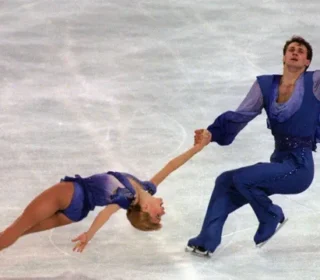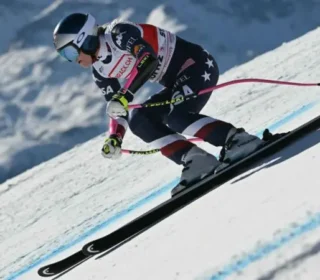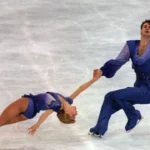Real Madrid’s recent defeat in El Clasico exposed cracks that go far beyond Carlo Ancelotti’s tactics. As Barcelona celebrated a hard-fought victory, the loss left Madrid fans frustrated—not only by the result but by a deeper, more systemic set of problems that the team faces. While Ancelotti shoulders some responsibility as the manager, Real Madrid’s struggles can’t be pinned on him alone. From squad depth issues to a reliance on aging stars, there are multiple layers to Madrid’s current challenges.

Aging Core and Over-Reliance on Veterans
One of the most significant issues plaguing Real Madrid is their dependence on an aging core of players. While veterans like Luka Modric, Toni Kroos, and Karim Benzema have been instrumental to the team’s success over the years, they’re now in the twilight of their careers. Though still capable of moments of brilliance, they can’t deliver the same level of intensity over a full season. Relying on these veterans in high-stakes games like El Clasico reveals a lack of fresh talent in crucial positions.
Madrid has invested in young stars like Eduardo Camavinga and Aurélien Tchouaméni, but there’s still a need for more dynamic options to transition the squad. Without a balanced mix of experience and youth, the team’s aging core risks slowing down their progress.
Inconsistent Squad Depth and Injury Woes
Another problem has been the lack of reliable squad depth. Injuries to key players have frequently disrupted Madrid’s rhythm, and the bench options have often struggled to fill the void. When top players like Vinicius Jr. or Federico Valverde miss out, there’s a noticeable drop in quality. This lack of depth was particularly evident in El Clasico, where Madrid struggled to match Barcelona’s intensity and creativity.
While Ancelotti has tried to rotate and keep his players fresh, his options have often been limited, exposing the club’s need for reinforcements. Strengthening the bench with players capable of stepping up in critical moments is essential if Madrid wants to stay competitive at the highest level.
Defensive Frailties and Lack of Stability
Real Madrid’s defense, once rock-solid, has shown signs of vulnerability this season. The departure of Sergio Ramos and the aging of players like Dani Carvajal have left Madrid with a defense that lacks the stability and leadership it once had. Though players like David Alaba and Antonio Rüdiger bring quality, they’ve struggled to create a consistent and cohesive backline.
These defensive issues were glaringly apparent against Barcelona, who exploited Madrid’s defensive gaps to create scoring opportunities. Ancelotti’s tactical approach can only do so much when the defensive line lacks synergy and struggles to keep up with fast-paced attacks.
Goal-Scoring Dependence on Vinicius Jr. and a Lacking No. 9
In attack, Real Madrid’s over-reliance on Vinicius Jr. has become a concern. The young Brazilian has been a standout performer, but when he’s off his game, the team struggles to find alternative avenues to score. With Benzema’s departure and no clear replacement for his goal-scoring prowess, Madrid’s front line feels incomplete.
The absence of a consistent No. 9 has left Madrid relying heavily on Vinicius and Rodrygo, who are talented but not always able to carry the entire offensive burden. Addressing this gap is crucial if Madrid hopes to avoid being stifled by disciplined defenses in big matches.
Tactical Limitations and Ancelotti’s Challenges
Carlo Ancelotti is an experienced and well-respected manager, but his tactical approach has come under scrutiny. Known for his flexibility, Ancelotti has tried various formations, but some argue that his tactics haven’t fully maximized the potential of Madrid’s squad. For instance, Madrid’s midfield can sometimes appear disjointed, with Modric and Kroos unable to press as effectively as they once did.
However, Madrid’s issues go beyond any tactical tweaks Ancelotti could make. The squad itself needs rebalancing, with more youth and dynamism injected into key areas. Ancelotti can only do so much with the tools he’s been given, and the onus also falls on the club’s recruitment strategy to bring in players who fit both the team’s style and its future needs.
A Need for Strategic Overhaul
Real Madrid’s defeat in El Clasico serves as a reminder that the club needs a strategic overhaul, not just a managerial shift. The team must prioritize squad renewal, building a balanced roster that combines experience with emerging talent. A more cohesive transfer strategy, targeted at bolstering weak spots in defense, midfield, and attack, is essential.
In the end, while Carlo Ancelotti remains the visible face of Real Madrid’s struggles, the problems go much deeper. If Madrid wants to return to its former dominance, they need to address these structural issues, ensuring that they’re not just relying on the legacy of an aging core but building a team ready to face the challenges of the modern game.
















